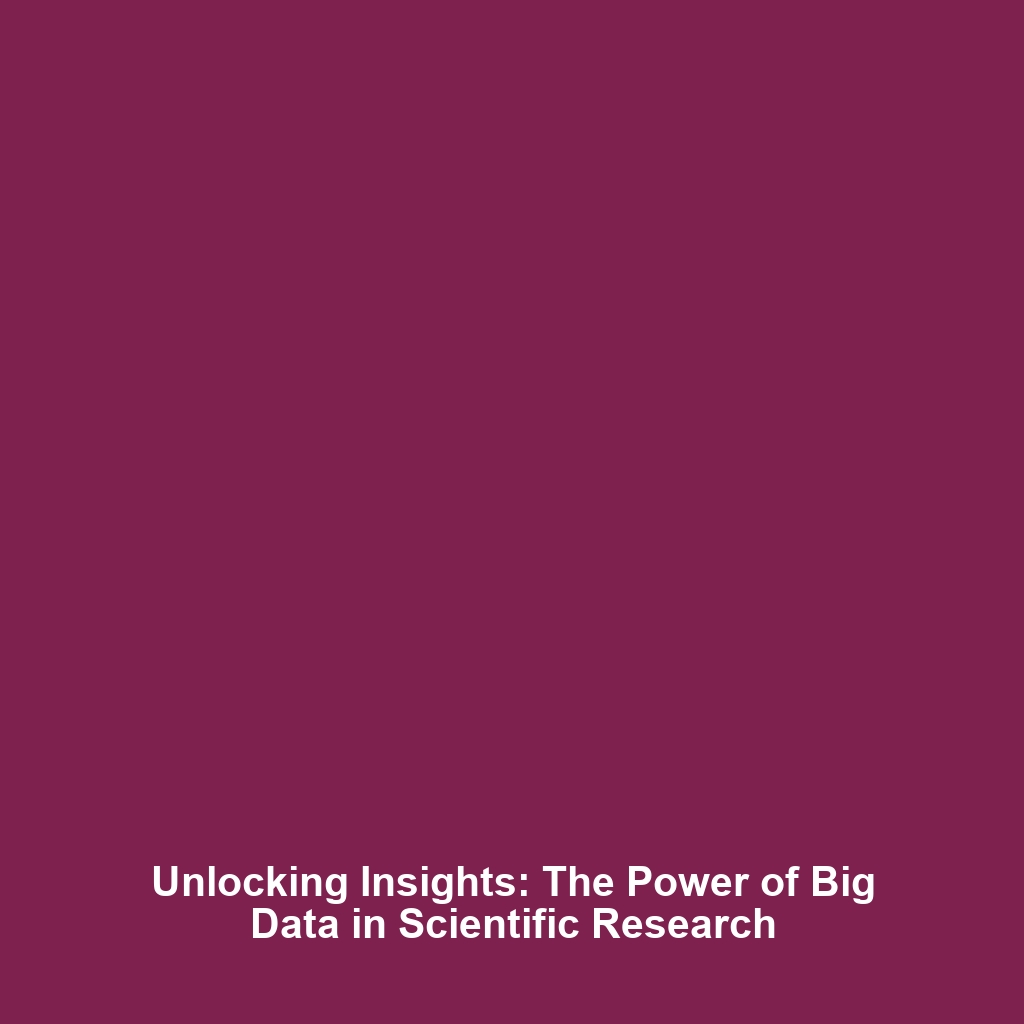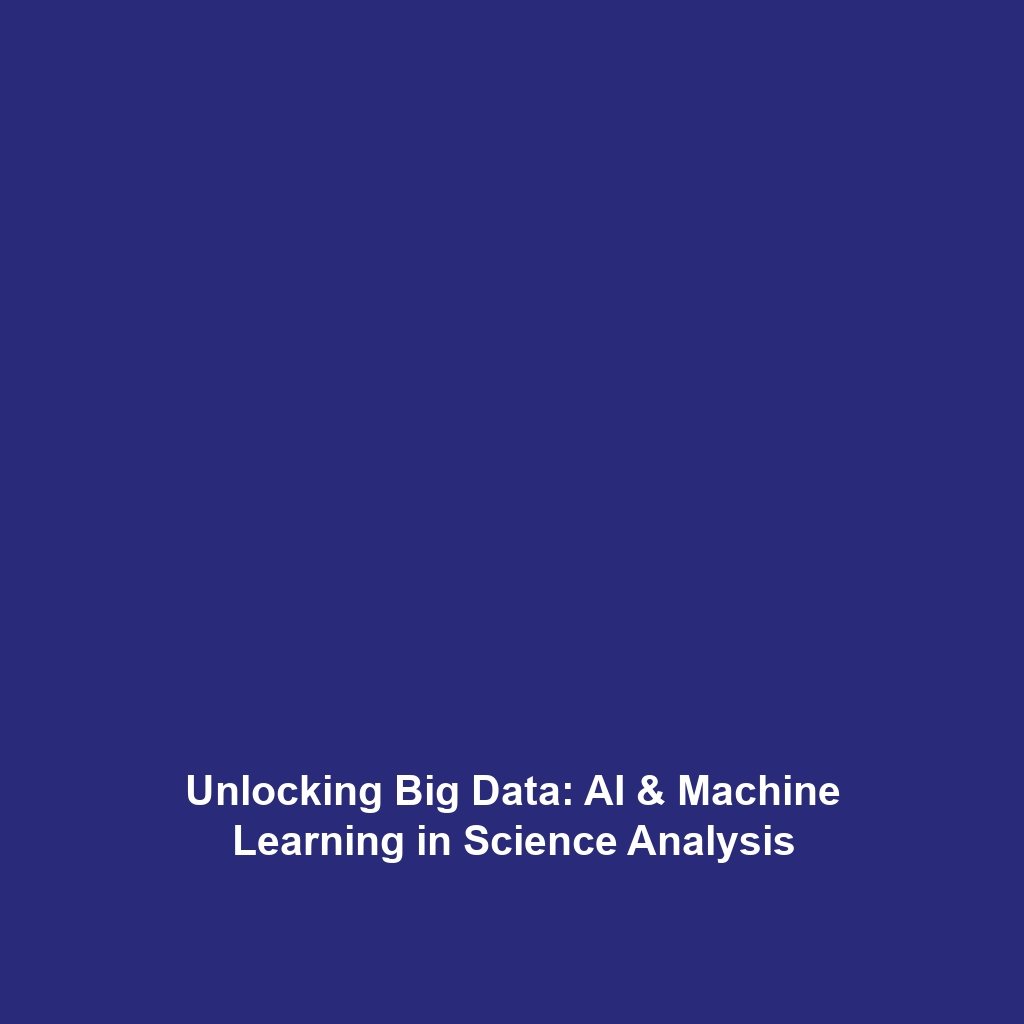Introduction to Big Data in Science
Big Data is redefining the landscape of scientific inquiry by offering unprecedented opportunities to analyze and interpret vast amounts of information. The integration of Big Data in Science is enhancing research capabilities across disciplines, including biology, physics, and environmental science. This article provides an insightful overview of the fundamental concepts, real-world applications, current challenges, and future innovations related to Big Data in Science.
Key Concepts in Big Data Science
Understanding Big Data in Science involves grasping several key concepts. Here are some major principles:
1. Volume, Velocity, and Variety
These three “Vs” describe the essence of Big Data:
- Volume: The massive amounts of data generated daily from various scientific sources.
- Velocity: The speed at which new data is generated and processed.
- Variety: The different forms of data, ranging from structured datasets to unstructured data like text and images.
2. Data Analytics
Data analytics techniques are used to extract meaningful insights from large datasets, employing algorithms and statistical methods.
3. Cloud Computing
Cloud storage and processing have become essential for handling the vast amounts of data characteristic of Big Data in Science.
Applications and Real-World Uses
Big Data in Science has a transformative effect across many disciplines. Here are significant applications:
- Genomics: How Big Data is used in genomics to analyze genetic sequences for medical research and personalized medicine.
- Climate Modeling: Applications of Big Data in climate science for predicting weather patterns and analyzing climate change impacts.
- Drug Discovery: Utilizing Big Data analysis to streamline the drug discovery process by identifying potential candidates faster.
Current Challenges
Despite its potential, several challenges hinder the effective application of Big Data in Science:
- Data Privacy: Protecting sensitive information is a crucial challenge in data collection and research.
- Data Quality: Ensuring the accuracy and reliability of data collected from various sources can be difficult.
- Integration Issues: Merging data from different platforms often poses compatibility problems.
Future Research and Innovations
The field of Big Data in Science is poised for significant growth. Future research trends include:
- Advancements in machine learning algorithms to improve data interpretation.
- Enhanced cloud computing technologies designed for faster data processing.
- Developments in data visualization tools to better present complex scientific findings.
Conclusion
Big Data in Science represents a pivotal shift in how research is conducted across various fields, facilitating deeper insights and faster discoveries. Its challenges are substantial, yet the potential for future innovations is immense. For further exploration of this dynamic field, consider reading about data analytics techniques or cloud computing in research.



